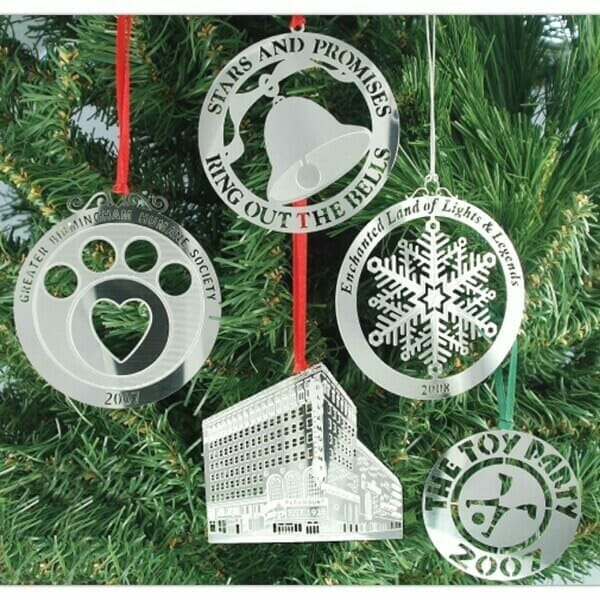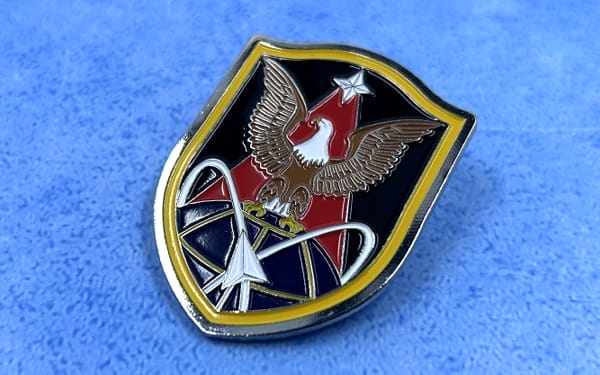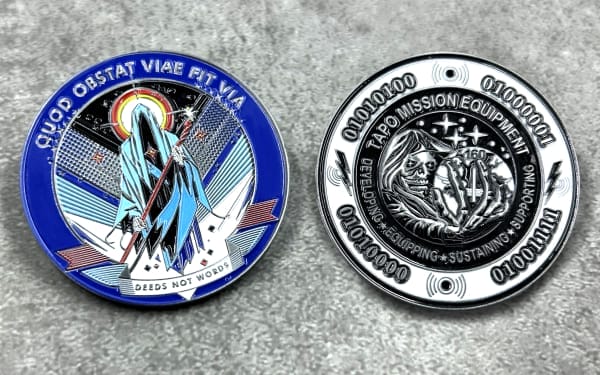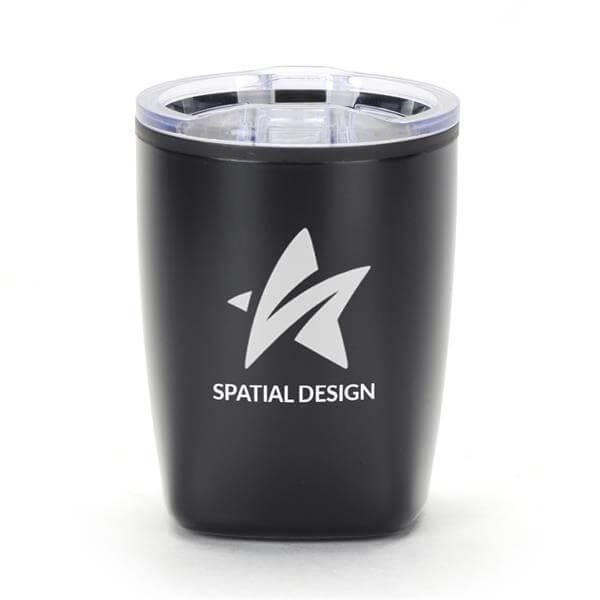How to Get the Best Embroidered Hat Design
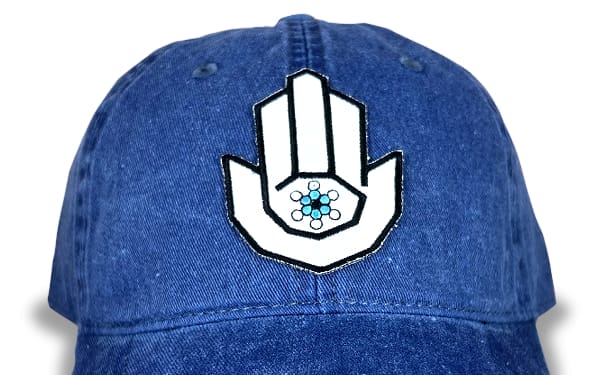
Embroidery is a classic, beautiful method of putting a custom design on your hat. It’s stunning to see the texture that the thread work can give to your logo on a custom hat order. But when do you know you have a great design that will feasibly work with direct embroidery? We have a few steps that we look at whenever we work with clients who want to make a custom hat with direct embroidery.
Know what Style of Hat You’re Using
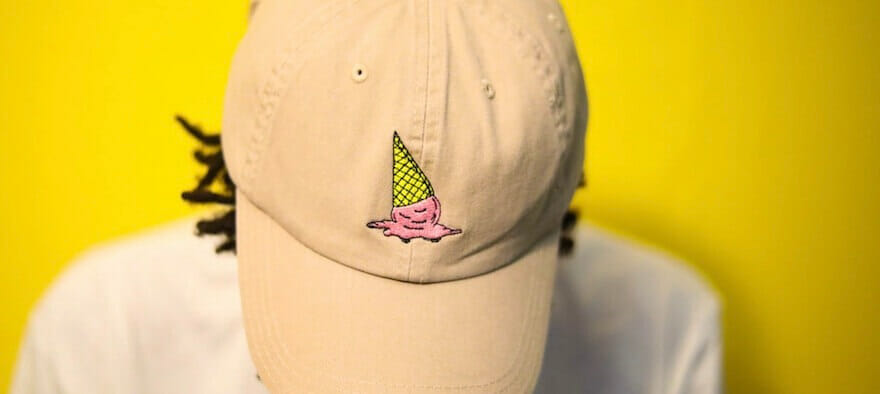
Embroidery is all about the working space that you have for your design, and there are different hats that you can choose from for direct embroidery. Each one of these hats have their own window of space that we can put your design on. Check out our Embroidered Hats page for more information on what can be produced:
- Trucker hats are a great selection for anyone looking for lots of design space. If you go with the increasingly popular 7-Panel style trucker, you’ll have a perfect window without a any seams separating the panels in the front of the hat. One thing to note is that trucker caps have a mesh backing, which makes it difficult when placing additional designs on the side or back of the hat.
- Dad hats typically have fabric covering 360 degrees, and are a great choice if you are wanting to add embroidery designs to the side or back of your custom hat. This style is perfect for a low-key design that can be universally loved.
- Bucket hats started as a fishing trend and have grown in popularity since then. We most often see this hat in youth styles, but with custom embroidery it can be a fantastic gift for any age. Check out reversible bucket caps to get the most out of your design.
- Beanies are a stylish way to keep your head warm, and are a great choice to ensure a one-size-fits all hat. Beanies can incorporate many simple embroidery designs.
The Devil is in the Design Details
What’s the Best Embroidery Size?
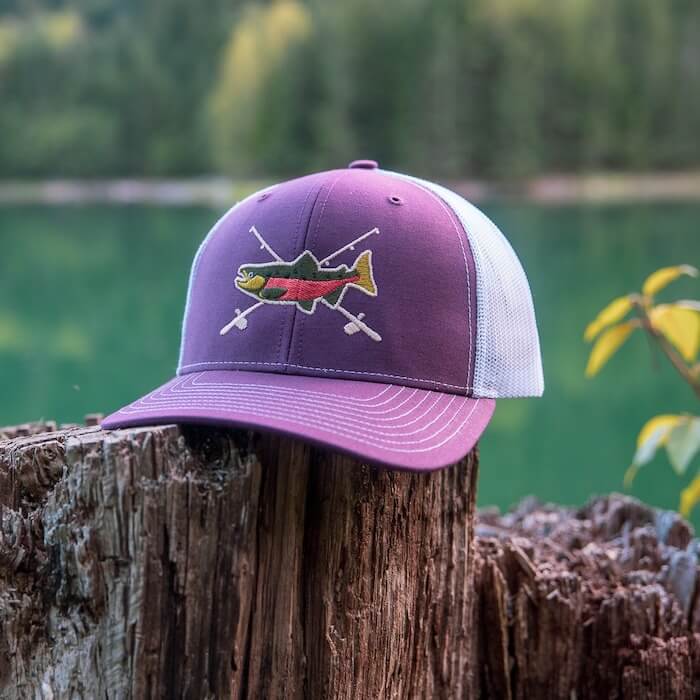
Every hat has its own window of workability for custom embroidery, but the window doesn’t change too much. To make sure a design using direct embroidery will work, we recommend that the design size not go past 2.25” in height and 4” in width. The only other styles that would have a drastic difference in size are the beanie and the visor. For a beanie and visor, we would go no higher than 1.75” and no wider than 4”. This is so whichever style you decide on, we can ensure that your design will be able to fit onto the hat.
What Extra Features Can You Add to Embroidery?
Extra Locations
As previously mentioned, some hats have space in more than one location for direct embroidery. These spaces are significantly smaller than the front of the hat, and some hats have a mesh back rather than fabric all around. We want clients to be aware that embroidery on nylon mesh is a lot more difficult to keep consistent on every hat, simply because not every mesh on hats is exactly the same. This also goes for beanies, which are each threaded just slightly differently from each other. The designs for back and side locations should be as simple as possible in order to make sure we keep each hat as constant as we can when comparing one hat to another. These areas are great for small text or company taglines.
Puff Embroidery
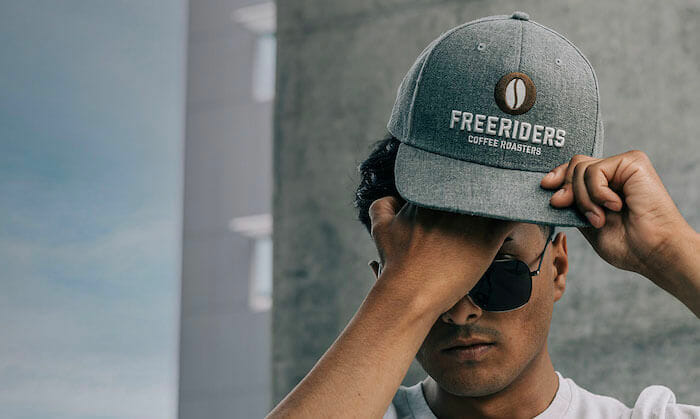
Standard direct embroidery is normally called flat embroidery. If we wanted to really raise the embroidery and give it a fully rounded finish, we would move into puff embroidery. Similar to a 3D design on a metal coin, puff embroidery adds a three dimensional look to your design. Think of baseball hat logos that have the long curved letters framing the team name. We love puff embroidery for simple designs or text since they make for the best pop. The more detail we see in a logo, the less we can use puff embroidery. Puff embroidery is also an extra bit of digging into the wallet, usually pricing out at an extra 3$ per hat. Since embroidery is already a bit pricier than a custom patch, we only recommend puff embroidery if it’s absolutely necessary.
What Colors Can You Use in Embroidery?
Avoid Gradients
Direct embroidery is similar to an embroidered patch; the threading is added to the patch that is sewn on top of other colors. It’s what makes the raised areas of embroidery so appealing for people to see and wear. However, embroidery is not an efficient tool for keeping any soft gradients.
More Color is More Money
Detailed designs are absolutely wonderful aesthetically, but at the same time are incredibly difficult to replicate with embroidery. Embroidery only has so much space, and combining that with the fact that embroidery can only create so much detail, we really try to recommend a lower color count for your design. Each additional color is fairly inexpensive on its own to add, but each addition ultimately adds on top of each other, making a single hat with several colors vastly more expensive than a simpler design with a few less colors.
Madeira Colors
We create our digital art proofs using the Pantone color swatches. Pantone colors apply to physical products and can be replicated by our production team on custom products like your hats. However, direct embroidery doesn’t use the exact same colors as pantone. Instead, we use madeira colors that are specifically designed for showing physical thread colors. Madeira colors are more saturated than pantone colors. If you’re worried about thread color, match your design in madeira colors before pantone. Maderia has a color match guide on their site as well to check out. We can match from pantone color options, but if we know the madeira color that’s even better!
Custom Product Creation Expert
It is a long established fact that a reader will be distracted by the readable content of a page when looking at its layout.
